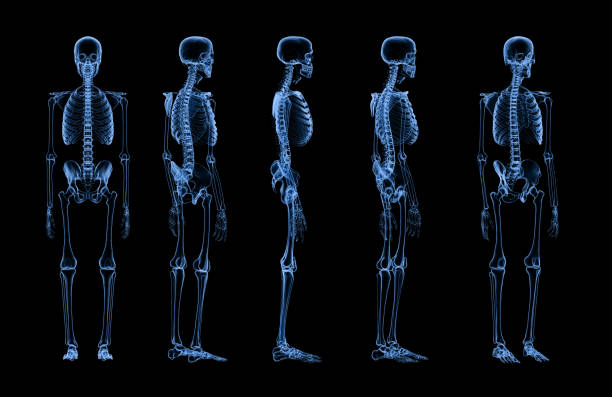
The rib cage is a vital structure in the human body that serves to protect and support the internal organs, including the heart and lungs. The rib cage is made up of 24 ribs, which are attached to the spine and sternum, and is designed to be wide and strong to provide maximum protection for these important organs.
One of the key components of a strong and healthy rib cage is regular exercise. This can help to strengthen the muscles around the rib cage, making it more resilient and better able to withstand impact or injury. There are a number of exercises that can be done to specifically target the muscles in the rib cage area, such as:
- Chest press: This exercise involves lying on a bench and pushing weights upwards, which engages the muscles in the chest and rib cage.
- Lat pull-down: This exercise involves pulling a weighted bar downwards towards the chest, which strengthens the muscles in the upper back and rib cage area.
- Cable twists: This exercise involves using a cable machine to twist the body from side to side, which targets the oblique muscles in the rib cage.
- Plank: This exercise involves holding a straight body position with the weight supported on the elbows and toes, which engages the entire core, including the rib cage muscles.
Another important aspect of protecting the rib cage is proper posture. Poor posture can put undue strain on the muscles and bones in the rib cage, leading to pain, discomfort, and even injury. To maintain good posture, it is important to:
- Stand up straight: This means keeping the shoulders back and down, the chest open, and the core engaged.
- Sit up straight: This means keeping the back straight, the shoulders back and down, and the feet flat on the floor.
- Avoid slouching: Slouching can put a lot of strain on the muscles and bones in the rib cage, so it is important to avoid this as much as possible.
Finally, protecting the rib cage also means being mindful of potential sources of injury. This might include:
- Wearing proper protective gear when engaging in high-impact sports or activities, such as football, hockey, or martial arts.
- Avoiding risky behaviors, such as driving recklessly or engaging in dangerous stunts or activities.
- Seeking prompt medical attention if there is any pain or discomfort in the rib cage area, as this may be a sign of an injury or other underlying medical condition.
Conclusion
Protecting the wide rib cage is essential for maintaining overall health and well-being. By engaging in regular exercise, maintaining good posture, and being mindful of potential sources of injury, individuals can help to keep this vital structure strong and resilient.